A few pictures from the first test…
The model coasting out for the first time on one engine as the other starts to spool up.
 _DSC7862
_DSC7862 by
Alex Jones, on Flickr
 _DSC7866
_DSC7866 by
Alex Jones, on Flickr
And another with the model disappearing a haze of spray.
 _DSC7890
_DSC7890 by
Alex Jones, on Flickr
I am biased but it was much more impressive in person than the photos perhaps show. The rooster tail is over 30ft long and about 9ft tall coupled with the noise of the two 300’s did make it a real spectacle. It did really blow my mind as it was much more realistic than I ever imagined or hoped it would be. This is only one small step along the path to flight and ultimately in will only be a success if it flies as well as I hope but for the time being I’m happy with its progress.
The engine runs did cause a few issues, disappointedly but not surprisingly when the exhaust shroud is installed the engines make a great paint stripper! The good news is that it is purely aesthetic as we used a specific resin system that can cope with the temperatures caused by the efflux. The composite wasn’t damaged or even soft to touch after extended running on the water at slow speeds and high power settings so it would appear to cope with the worst case scenario in regard to cooling i.e very little bypassed ram air that you would have if in flight.
We should have used high temp paint from the start so we’ll see how a coat of heat resistant stuff does on the next test or maybe use aluminium tape and try and make it look scale that way… It does need some thought and any suggestions are gratefully received. It is a problem the full size had so at least we are having the full scale model experience.

The other issue is that the backend is running hot and this only occurs with the exhaust shroud in place (large silver section at the rear) and I also believe only when the aircraft is in the water. When the model is running in the water at slow speed and high power settings we’re vaporising the water and producing super heated steam which is being drawn back into the thrust pipes, this can even be seen in some of our images and only occurs when the turbines are running above 80%. You can see a sort of fog form inside the shroud at these power settings which is really interesting, for me anyway.

We did have some static 3D printed Nylon engine petals that looked great but were completely destroyed and the after burning light rings were also damaged. These have now been removed and two new thrust pipes ordered as a precaution. The molten Nylon also blocked what little cold bypassed air they might have been contributing to the heat in the rear. We operated the model for 25 minutes with both engines running in two separate tests so this does represent the worst case configuration for cooling. Our next set of tests will explore this area further with some infrared cameras and tufting of the exhaust to see what’s happening with the heat and airflow.
 _DSC7874
_DSC7874 by
Alex Jones, on Flickr
There isn’t anything we can do to stop this as we want to keep the model scale and changing the entire backend isn’t an option. What we can do is be aware of the problem so when positioning to the takeoff area we use a low power setting and accept that for around 10 seconds we will be getting the back end very hot until the tail lifts from the water and the aircraft starts to plane on its skis, at this point it should start to cool again and once airborne will be getting a good amount of ram air through both intakes.
 F39B32B2-6920-46CD-9453-3B6FE642EC54 by Alex Jones, on Flickr
F39B32B2-6920-46CD-9453-3B6FE642EC54 by Alex Jones, on Flickr D7D7FD2D-B2A2-48AD-8DAF-CA4A42025294 by Alex Jones, on Flickr
D7D7FD2D-B2A2-48AD-8DAF-CA4A42025294 by Alex Jones, on Flickr Photo 30-07-2020, 11 33 21 (1) by Alex Jones, on Flickr
Photo 30-07-2020, 11 33 21 (1) by Alex Jones, on Flickr 36D84025-E839-42B0-AE6A-27D3A30EEF51 by Alex Jones, on Flickr
36D84025-E839-42B0-AE6A-27D3A30EEF51 by Alex Jones, on Flickr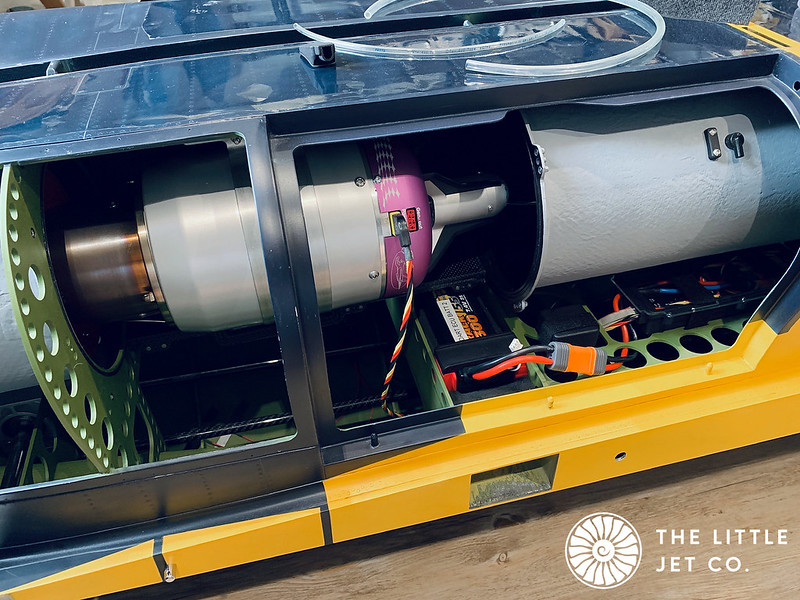 5F77B2C5-9F79-4B88-A82F-30393F92FDAD by Alex Jones, on Flickr
5F77B2C5-9F79-4B88-A82F-30393F92FDAD by Alex Jones, on Flickr EFF57CA8-0B8E-4715-9580-837AC4C6AEC2 by Alex Jones, on Flickr
EFF57CA8-0B8E-4715-9580-837AC4C6AEC2 by Alex Jones, on Flickr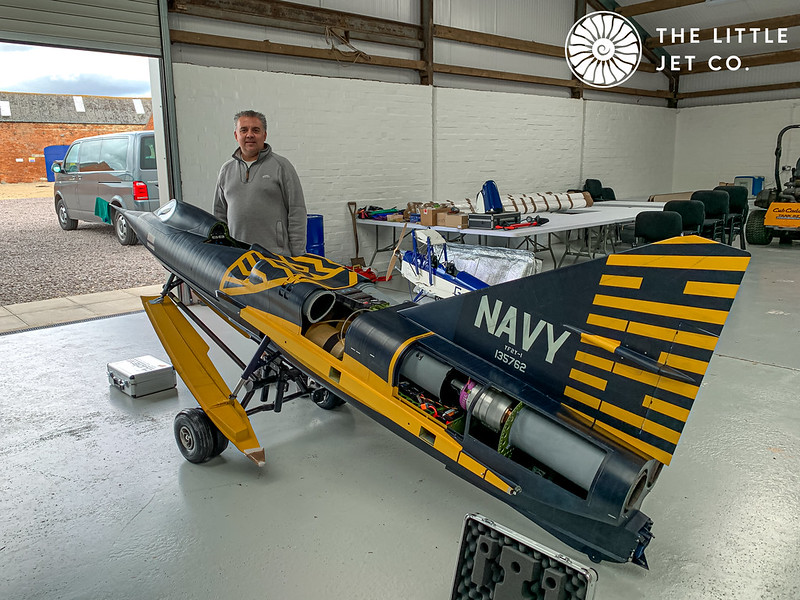 IMG_4039 by Alex Jones, on Flickr
IMG_4039 by Alex Jones, on Flickr _DSC7799 by Alex Jones, on Flickr
_DSC7799 by Alex Jones, on Flickr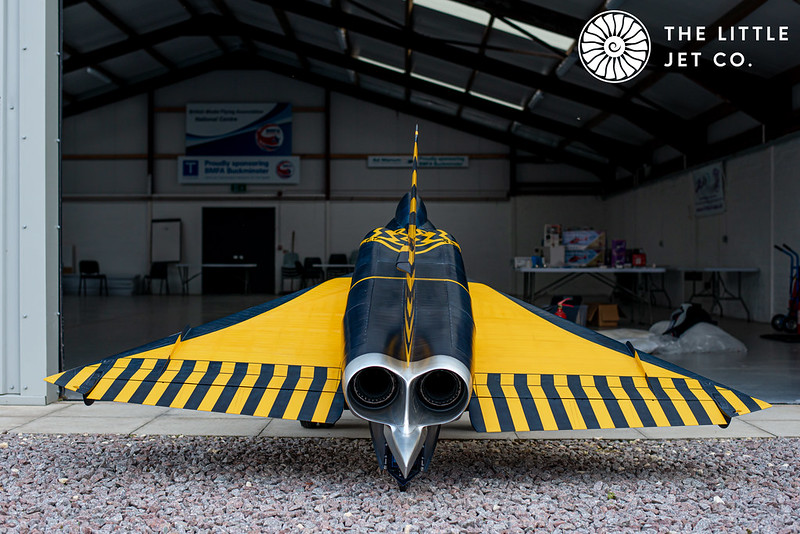 _DSC7797 by Alex Jones, on Flickr
_DSC7797 by Alex Jones, on Flickr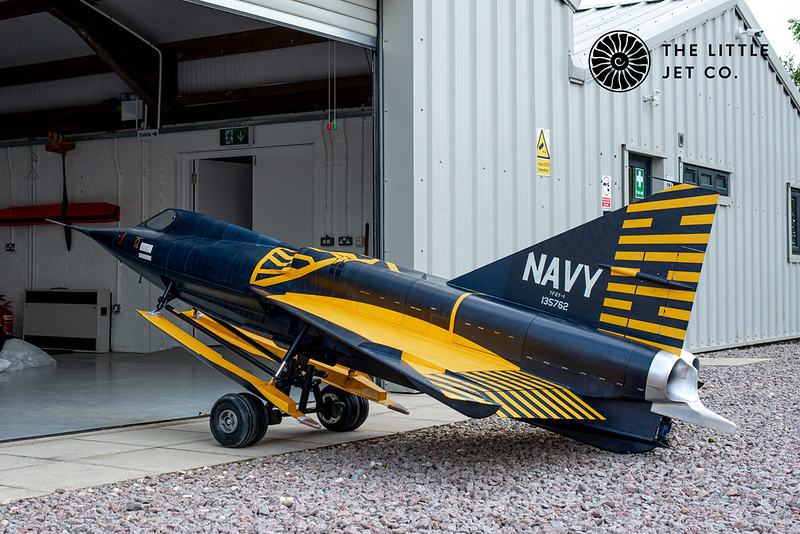 _DSC7806 by Alex Jones, on Flickr
_DSC7806 by Alex Jones, on Flickr _DSC7798 by Alex Jones, on Flickr
_DSC7798 by Alex Jones, on Flickr _DSC7809 by Alex Jones, on Flickr
_DSC7809 by Alex Jones, on Flickr AA77FC63-81DD-485B-8017-5CBBDD639278 by Alex Jones, on Flickr
AA77FC63-81DD-485B-8017-5CBBDD639278 by Alex Jones, on Flickr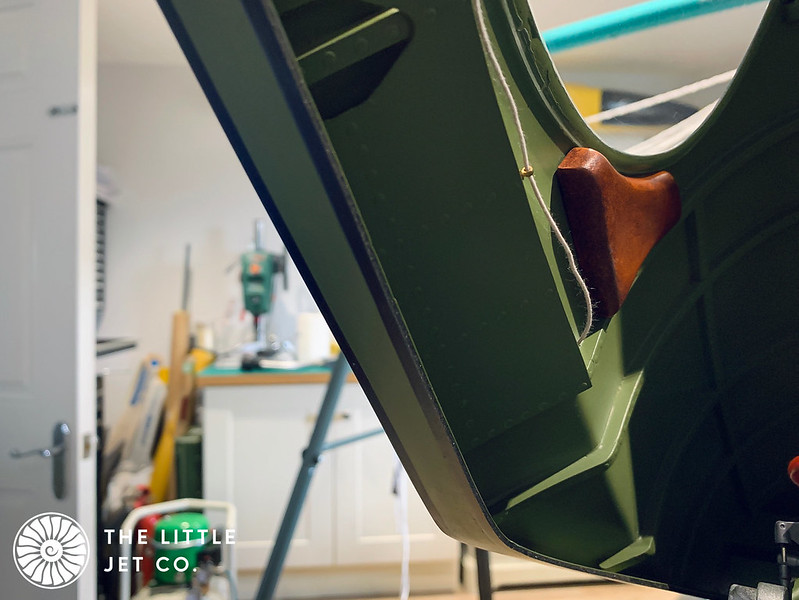 52EEF8A6-BA10-4801-AFD1-D49CD07B7490 by Alex Jones, on Flickr
52EEF8A6-BA10-4801-AFD1-D49CD07B7490 by Alex Jones, on Flickr 59091FF2-11DD-4195-B7E2-BA6D73815000 by Alex Jones, on Flickr
59091FF2-11DD-4195-B7E2-BA6D73815000 by Alex Jones, on Flickr BCF56C95-CC22-4AFD-B3D3-200428B8E7B3 by Alex Jones, on Flickr
BCF56C95-CC22-4AFD-B3D3-200428B8E7B3 by Alex Jones, on Flickr 350E16ED-E321-44F6-9CC7-F0F397482B95 by Alex Jones, on Flickr
350E16ED-E321-44F6-9CC7-F0F397482B95 by Alex Jones, on Flickr 350CDB7A-E439-4B26-818F-5FF6802A1E5F by Alex Jones, on Flickr
350CDB7A-E439-4B26-818F-5FF6802A1E5F by Alex Jones, on Flickr IMG_4061 by Alex Jones, on Flickr
IMG_4061 by Alex Jones, on Flickr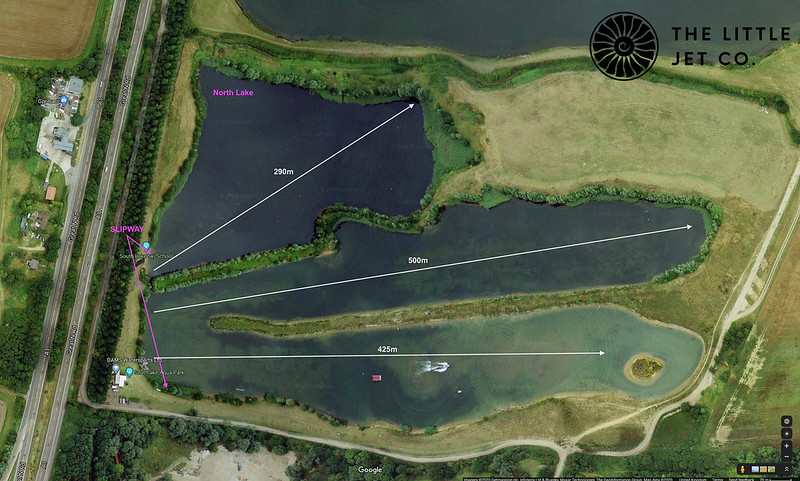 4911C8F4-5502-4F68-9E90-AD2DE44302A9 by Alex Jones, on Flickr
4911C8F4-5502-4F68-9E90-AD2DE44302A9 by Alex Jones, on Flickr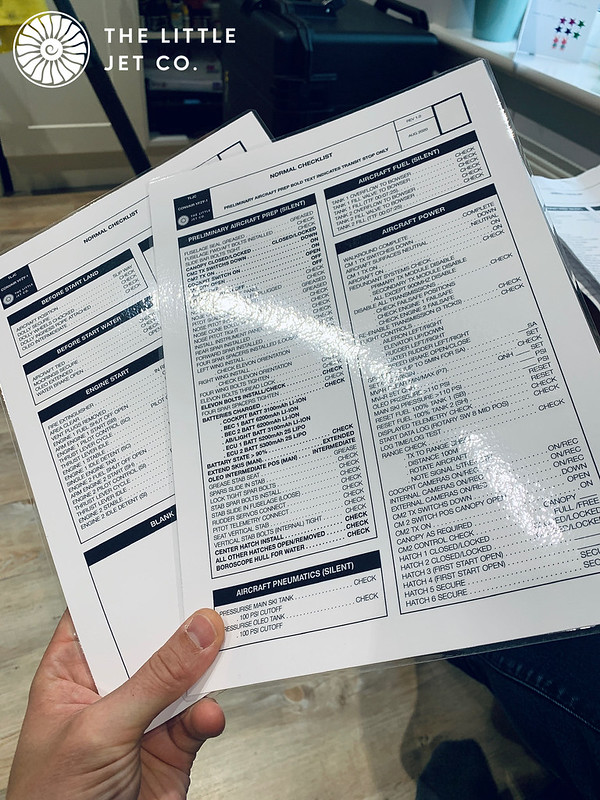 38F94CAC-795F-458A-931E-236A11BB266D by Alex Jones, on Flickr
38F94CAC-795F-458A-931E-236A11BB266D by Alex Jones, on Flickr 37C65705-705E-4129-B4AC-2E4B0884D685 by Alex Jones, on Flickr
37C65705-705E-4129-B4AC-2E4B0884D685 by Alex Jones, on Flickr 8E39FD32-54C3-492A-BF2F-992EE8F8DBCE by Alex Jones, on Flickr
8E39FD32-54C3-492A-BF2F-992EE8F8DBCE by Alex Jones, on Flickr _DSC7839 by Alex Jones, on Flickr
_DSC7839 by Alex Jones, on Flickr _DSC7849 by Alex Jones, on Flickr
_DSC7849 by Alex Jones, on Flickr _DSC7857 by Alex Jones, on Flickr
_DSC7857 by Alex Jones, on Flickr _DSC7862 by Alex Jones, on Flickr
_DSC7862 by Alex Jones, on Flickr _DSC7866 by Alex Jones, on Flickr
_DSC7866 by Alex Jones, on Flickr _DSC7890 by Alex Jones, on Flickr
_DSC7890 by Alex Jones, on Flickr _DSC7874 by Alex Jones, on Flickr
_DSC7874 by Alex Jones, on Flickr